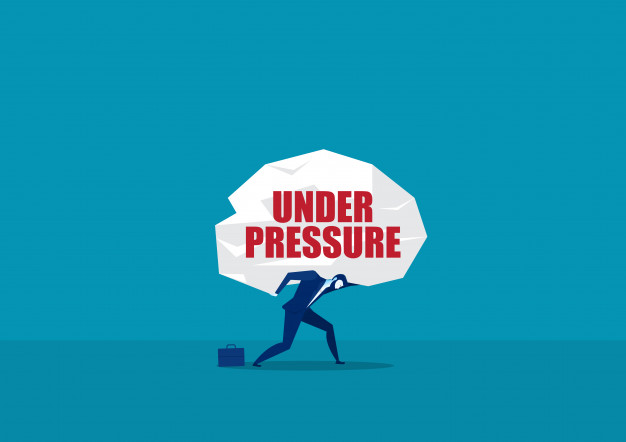There are several things that we could point to that suggest that workers today are better off than they were 20 or 30 years ago. There’s the lightning-quick speed at which we can get pertinent information and the advancement in technology that makes components of our jobs easier. Not to mention a trend toward greater workplace flexibility. All of this has led to a modern workforce that can move faster and do more than ever.
But this reality has also left many people feeling overwhelmed. According to the American Institute of Stress, 75% of workers say people today have more job-related stress than they did a generation ago. The study reports that 40% of workers characterize their job as very stressful or extremely stressful, with 1 in 4 saying their job is their most significant stressor in life. More than three-quarters of the respondents, 76%, say stress at work has hurt their personal relationships, and 66% say they have lost sleep due to work stress. With stress now being medically linked to everything from memory loss to heart disease, this is a serious problem. As some have described it, workplace stress is an epidemic.
Unfortunately, stress at work would be better described as an endemic. We won’t be able to completely get rid of it, nor would we want to because the right amount of stress is beneficial for performance. The key for all of us is learning how to mitigate chronic stressors.Here are a few tangible ways to deal with the stress and pressure you’re feeling at work.
Pull Back the Modern Curtain
In the Wizard of Oz, the great and powerful Oz shows up as an intimidating floating head surrounded by fire and smoke. Stress befalls Dorothy and her friends. Who wouldn’t be anxious with a figure like that before us? But as Dorothy’s small dog, Toto, eventually reveals, Oz is a very un-intimidating older gentleman hiding behind a curtain. This scene is a wonderful analogy for many modern workplace stressors. The perceived threats (e.g., I’ll look weak if I ask for help or incompetent if I ask for clarity on this project) that many workplace anxieties are built off aren’t nearly as potent when we pull back the curtain of perspective and see reality. In most cases, it would only take five minutes to ask ourselves questions that replace our underlying fear with healthier rationale. Some questions that we’ve asked before are: What assumptions in this worry are masquerading as facts in my head? How likely is this future scenario that I’m imagining? Do I have a pattern of overblowing worries in my head?
Admittedly, this is easier said than done if we examine it by ourselves but becomes a lot easier with good friends. Our network can be a great resource to ease our worries and offer support. When worries or pressure start to bog you down, don’t hesitate to reach out to a wise friend to get perspective and gut-check your emotions with questions. Good friends help us make sense of the world and can be invaluable when our emotions have us mentally spinning.
Stop Trying to Do Everything
The American Institute of Stress reports that 46% of workplace stress is related to workload, but if we are honest, some of that stress is self-perpetuated. If you’re struggling with letting go of work, try getting some perspective by thinking about the advice that you would offer to someone else in your shoes. We often have sound advice for others but struggle to connect those same dots for ourselves.
Take a Break
Work can quickly become all-consuming. We rush from one meeting to the next. Our minds are inundated with tasks, projects, and deadlines. We often neglect the practical benefits of breaks, which are essentially moments to let your mind rest. The reason rest is so important is that when we’re emotionally overwhelmed, we’re essentially multi-tasking all the time. A moment of rest could be the only time you can break that endless, shallow cycling of activity and begin to untangle your thoughts and emotions. Rest is a necessary step toward processing feelings and being better equipped to manage them. Take time off if you can. If not, try to find a way to take more frequent recharge breaks throughout the day. If neither of these are possible, then carve out a solid chunk of time in the morning or evening to fully break from work, chores, social media, and anything else that causes you stress.
—–
Let’s Act: As soon as you finish reading this article, take 5 minutes to rest your mind. You’ve earned it and we think it will help you prepare for your next activity.


















